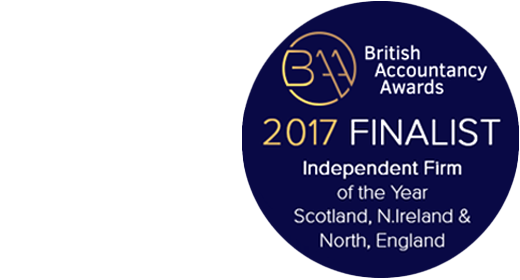
Are you ready for the end of the 2023/24 tax year?
5 April 2024 marks the end of the current financial year, so the deadline to use several important annual reliefs and allowances is fast approaching.
Pension contributions represent a significant tax saving for a large portion of the population.
To make sure that you have made your money as tax efficient as possible, you can use your pension to stay out of a higher tax band and avoid paying more tax than necessary.
How much can I pay into my pension each year?
You can pay as much as you like into your pension pot each year – but you’ll only benefit from tax reliefs up to a certain threshold.
You’re able to pay up to £60,000 into a private pension each tax year without having to pay tax on your savings.
This includes pensions which you pay into directly and those run by your employer.
This figure applies even if you have more than one pension. For example, if you pay £30,000 into one pension and £25,000 into another, then both will be free from tax.
However, if you pay £55,000 into one pot and split £20,000 across another two, then you will have to pay tax on your pension contributions.
How does salary sacrifice relate to pension contributions?
Some employers offer what is known as a salary sacrifice scheme.
These initiatives effectively reduce your taxable salary because, on paper, you are earning less each pay period.
Your employer can then pay the difference into a pension scheme.
While not directly reducing the tax payable on your pension, salary sacrifice schemes effectively allow you to pay less Income Tax and National Insurance.
They are particularly effective for those with an income just above higher or additional rate Income Tax threshold.
Does my income affect tax allowances on my income?
It can do, if you’re a higher earner.
Tax relief on pension contributions apply on a tapered scale using two measures:
- Threshold income – Income excluding pension contributions
- Adjusted income – Income including pension contributions
Your pension contribution allowance will start to decrease if your threshold income is over £200,000 and your adjusted income is over £260,000.
HM Revenue & Customs (HMRC) has published guidance on calculating your tapered pension allowance.
What about flexible pension access?
If you access your pension on a flexible basis, for example, taking cash or a short-term annuity from your pension pot, then this might also reduce your tax-free threshold.
Make sure to check with your pension provider whether you can access your pension flexibly and whether this will create an additional tax liability.
I’ve reached my allowance threshold – What else can I do?
As a way of keeping your income tax efficient, pension contributions are an excellent route to go down – but they can only take you so far.
If you have paid up to £60,000 into your pension, you can contribute more, but this can create a significant tax liability.
If you still have additional income that you would like to make tax-efficient, you have a number of options. Particularly, you could consider:
- Paying into an ISA if you have contributed less than £20,000 in the tax year
- Making a gift from your salary to charity
You can also ask your employer if they offer a salary sacrifice scheme for future tax years.
Not only is paying into your pension a great tax decision, but it is also a useful long-term measure, helping you prepare for retirement.
If you haven’t used all of your allowance this financial year, consider making additional payments to make the most of the £60,000 threshold.
For guidance on pension and tax planning, contact us today and speak to a member of our team.

